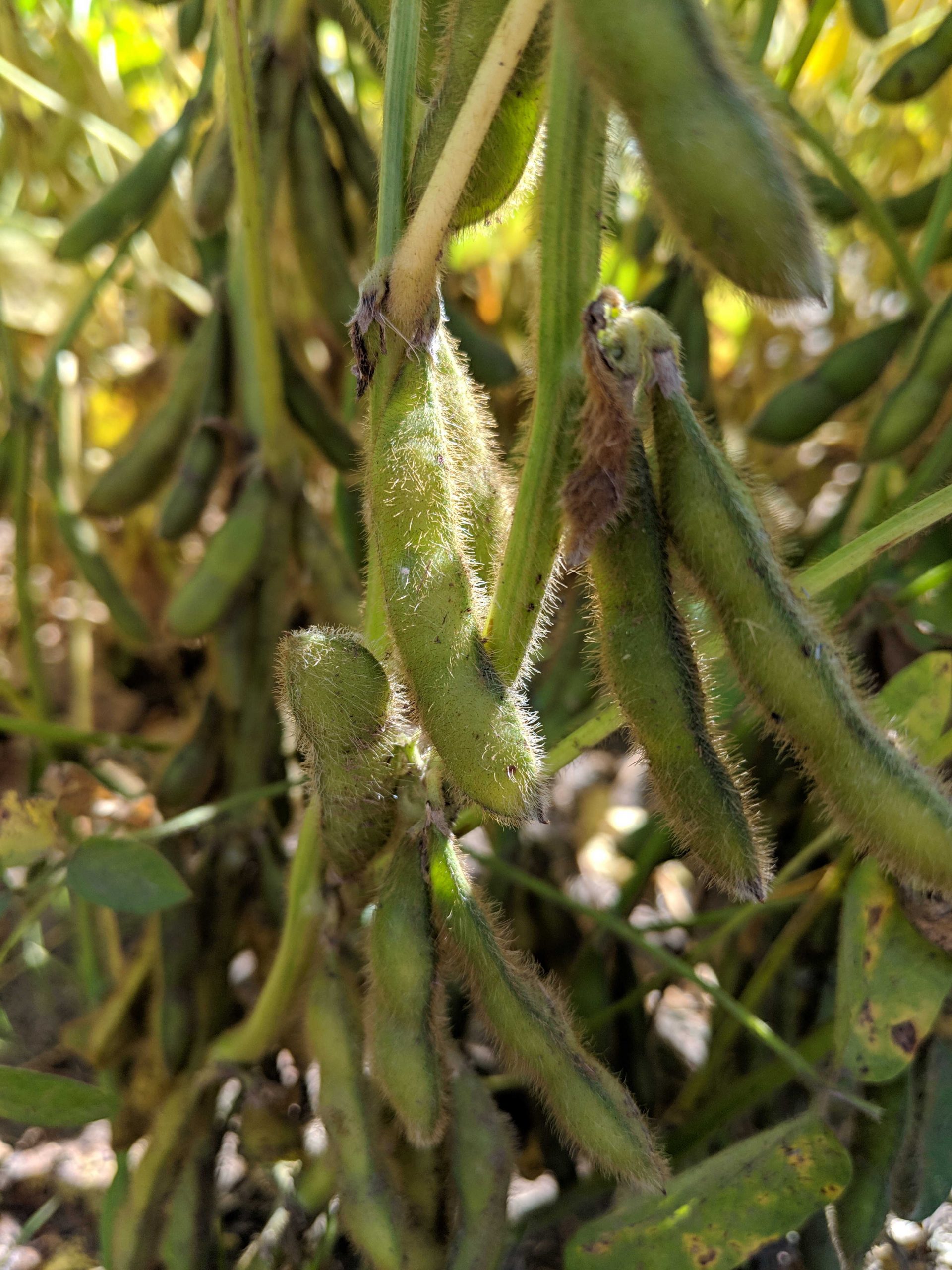In the second part of our 2019 agriculture innovation review we continue to explore the American continent. After spending two weeks in northern America in two of the major agricultural centres as described in our previous blog-post, we moved south to Argentina the land famous for its steaks, Gauchos, Tango and of course Soybean.
Argentina has a land area of 278M ha of which 150M ha are used for agricultural purposes. The grassland which is present both in the north and south is known for its extensive cattle and sheep production. In total 39M ha of Argentina is arable land planted with annual crops and permanent pastures for intensive cattle production.
Soybean has been the main crop for the last 15 years with an area of 17-19M ha per year yielding approximately 54M tonnes, followed by corn (43Mt) and wheat (19.7Mt) as the most commonly grown crops. Interestingly the acreage for wheat and maize has remained consistent over the past 20 years, however it had almost doubled for soybean. Those significant improvements have mostly been due to the implementation of no tillage practices and increased usage of biologicals.
Argentina has a highly diverse climates due to its unique geography. Wedged between the Andes to the west and the Atlantic to the east it is influenced by the cold and often rough weather around the southern tip close to Antarctica and the warm reaches of the Amazon basin in the north. The main agricultural production is focused in the provinces of Santa Fe, Cordoba and Northern Buenos Aires. Together they produce 70% of Argentina’s total soybean. The beneficial climatic conditions in this area allows for a double crop with either wheat or barley during winter and soybean or corn in summer.
Producing such large amounts of crops requires some level of transportation or processing before it can reach the customers. Rosario lies roughly 300km to the north-west of Buenos Aires. It is home to the biggest soybean crushing hub in Argentina processing 20,000 tonnes/day, which produces both soybean meal and oil, and makes Argentina the world’s largest exporter of soybean meal and oil with 47% and 49% of the global export. Sitting on the banks of the Paraná river which has its source in the Amazon, the Rosario port also services small boats from Paraguay, Brazil and Uruguay that make their way down to Rosario for crushing and export. It is therefore no surprise, that large international companies like Cargill and Louis Dreyfus also have terminals along the river.
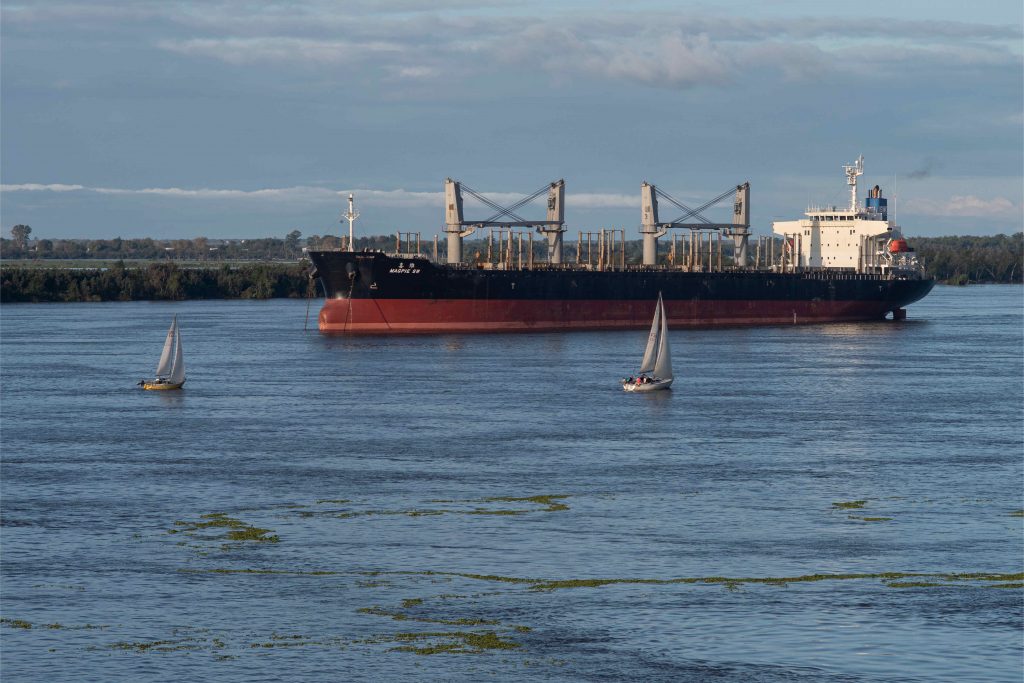
While the production numbers are certainly most impressive, they do not inform us who the growers are and whether there are differences to farming in Australia. In total 70% of farming is done on leased land, which is a trend that started in the 90’s as the new generation of land owners kept the land but did not want to do farming. The cost of land lease also increased due to the succession law in Argentina, which led to a fragmentation of farms, rendering some of them uneconomical. As demand for farmland did not subside, an increase in farmland prices made acquiring farms more expensive and therefore also less economical. This unusual constellation leads to a lack of soil maintenance or care as it is not their land and the farmer might not have the same land to work with in the following year. One example that can be observed as a result of this is that the amount of P fertiliser application often decreases if uncertainty over the lease of the land exists.
Other practices such as using contractors for harvesting, seeding and spraying are also very common. It is therefore interesting to realise that in Argentina a farmer can be a farmer, even without owning land or equipment, a concept that may not be obvious or preferred, but possible nevertheless.
Although export is strong and yields are high, farming in Argentina is often difficult due to government regulations and frequent changes, sometimes over-night. Some of these regulations included the implementation of high tax rates of sometimes up to 60-70%. These taxes can also originate from federal, provincial or local levels. Because the economics and politics are complex, agriculture needs to be highly flexible. This adaptation to flexibility has allowed agriculture to remain Argentina’s main economic activity responsible for a third of the GDP and more than a third of its export. Importantly it also generates income opportunities in the rural areas, which is an issue for many nations globally.
Considering the success and importance of soybean today, it is a relatively young crop, as it only arrived in Argentina in the 70’s. Given its importance it is therefore also somewhat surprising, that the same inoculant strain (E109) has been used since ’77. The South American inoculant market is estimated to be worth $85M annually with more than 95% of the market dedicated to soybean. Argentina together with Brazil have around 85% inoculation rates with 20M ha in Argentina alone. However, the soybean seed practices differ significantly between the two nations, as Argentina is using 80% saved seed rather than certified seed, compared to only 20% saved seed in Brazil.
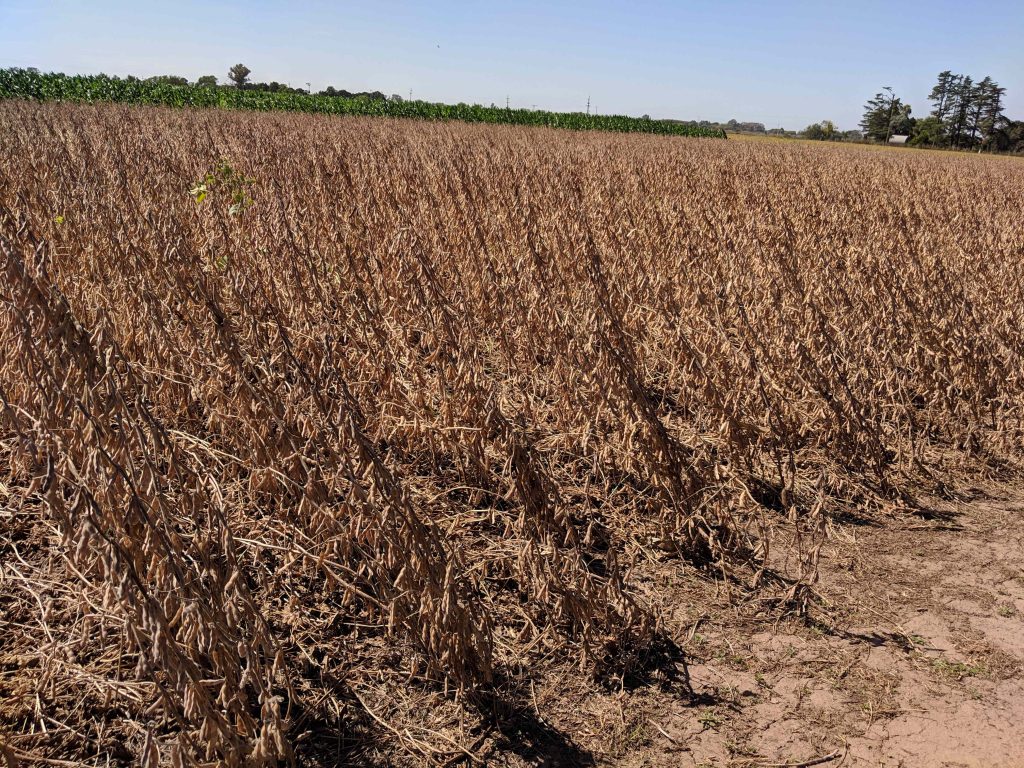
While much knowledge can be learned from books and statistics, meeting people on site and seeing things first hand provides a much deeper experience and detailed impression.
The first stop on our trip to Argentina was a visit to the National Agricultural technology institute in Buenos Aires (INTA), which is tasked to solve issues in forestry, agriculture and the associated agro-industry. The focus of the visit for us was to understand the local legume inoculation process, problems faced by farmers in Argentina and the solutions currently available to them. We learned, that inoculant quality control is currently not obligatory in Argentina, but INTA maintains a culture collection and provides type strains to inoculant manufacturers if they request so. In addition, it is also possible for companies to hold their own collections and produce inoculants with them. Interestingly, not only rhizobia inoculants are used but also plant growth promoting bacteria such as Azospirillum are frequently used in soybean and maize production to reduce artificial fertiliser inputs.
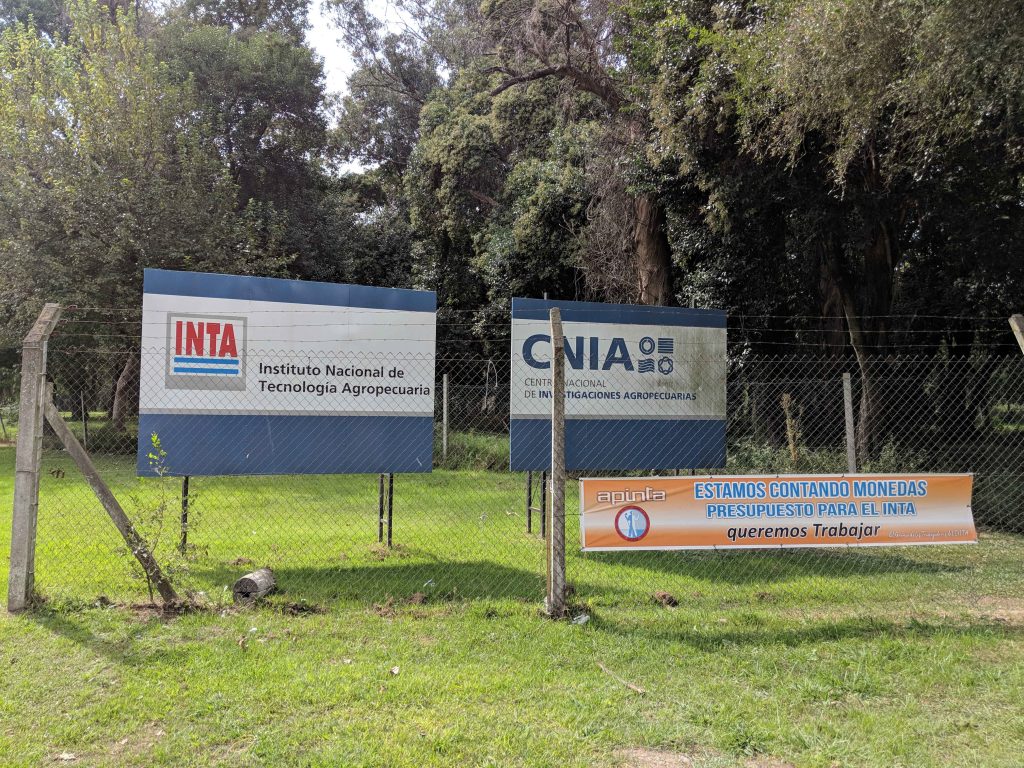
Our next visit brought us to Novozymes in Pilar, an hour’s drive from Buenos Aires. Novozymes has been part of the BioAg Alliance with Monsanto (now Bayer) since 2014, while Novo A/S, with its Danish roots, is still the majority owner. Agriculture and feed make up 15% of the portfolio with a diverse range of products focusing on biocontrol, nutrient uptake, signalling, nitrogen fixation and phosphate solubilisation. As indicated above, quality control is not legally required, but every batch is tested in house, considering the same official parameters including the total bacterial count, optical density, gram stain, pH, visual colony inspection and box PCR. It was further impressive to see the extensive QC performed in the R&D department with a focus to increase shelf life of the liquid inoculant, increase the CFU/ml, on seed survival and to understand the effect of field conditions on the effectiveness of the final product.

The final visit was made to Rizobacter in Pergamino which is a proud Argentinian owned inoculant company with carbon neutral status and ISO certification established in 1983. Through their strategic alliances with Bioceres, Syngenta, De Sangosse and Momentive they aim to become leaders in the investigation, development and production of microbiological products. Their product portfolio contains microbiological products (growth promotors, biological fungicide, rhizobia), chemical crop protection (Adjuvants, fungicide, insecticide), crop nutrition (fertiliser), seed (soybean, wheat) and seed treatment services. However, 51% of their revenue is generated by inoculants followed by 31% adjuvants. As mentioned, the head office, R&D laboratory and main production facility are located in Pergamino in the heart of the northern agricultural region, 220km inland from Buenos Aires and a 90-minute drive south of Rosario with its soy industry and port. However, they have subsidiaries around the world in Europe, Africa, India, the USA and other Latin American nations. In Argentina, Rizobacter holds 24% of the inoculant market followed by Novozymes with a 17% market share.

Significant efforts by the R&D department are put into increasing the shelf life of their products, concentration, effectiveness in the field and compatibility with additional chemical or seed treatments. With an equally strong and ambitious team, the QC department is focused on researching raw material of strains sourced locally or internationally, Quality Assurance, R&D control and environmental control. The purity and concentration of the product is monitored during the whole production process by their in-house department including identification, pH and nodulation test, using established or traditional methods of plating and dilutions. From each batch, samples are retained and checked on a monthly basis until the expiry date is reached, setting high standards in a global and competitive market.
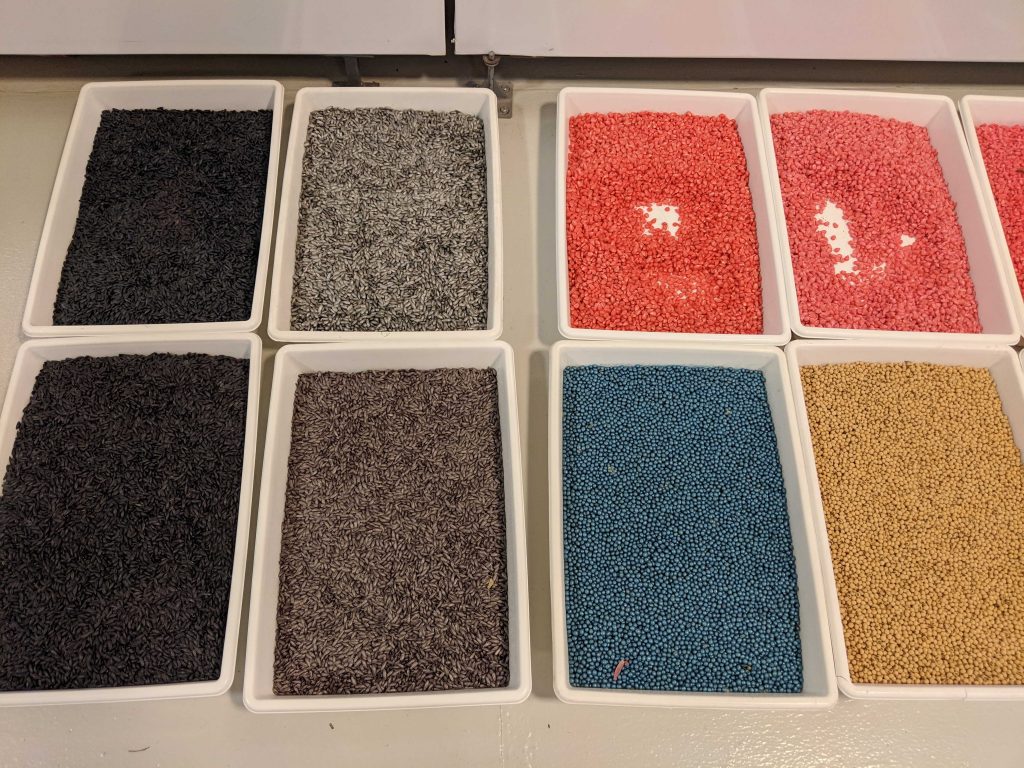
After an eventful and informative time in Argentina it was time to make our way across the border and visit Brazil, of which we will report more in our next blog post.

